The Ultimate Guide to Vietnam
Vietnam is gaining popularity among most travers. The country's picturesque landscapes, like its lush rice-paddy fields and stunning beaches offer visitors a sense of tranquility. Coupled with its rich cultural heritage and tantalizing cuisine, Vietnam presents a blend of experiences that cater to various interests.
Moreover, Vietnam's affordability makes it accessible for many travelers, allowing them to enjoy high-quality experiences without breaking the bank. Whether you enjoy exploring historic sites, savoring delicious street food, or relaxing on beautiful beaches, you can get a lot of value for your money.
Overall, Vietnam's combination of natural beauty, cultural depth, and budget-friendly options makes it an attractive destination for travelers from all around the world. Wish to tick Vietnam off your bucket list? Make sure to check out our Asia Tour Packages.
Best time to visit
The best time to visit Vietnam depends largely on the regions you plan to explore, as the country’s climate varies significantly from north to south.
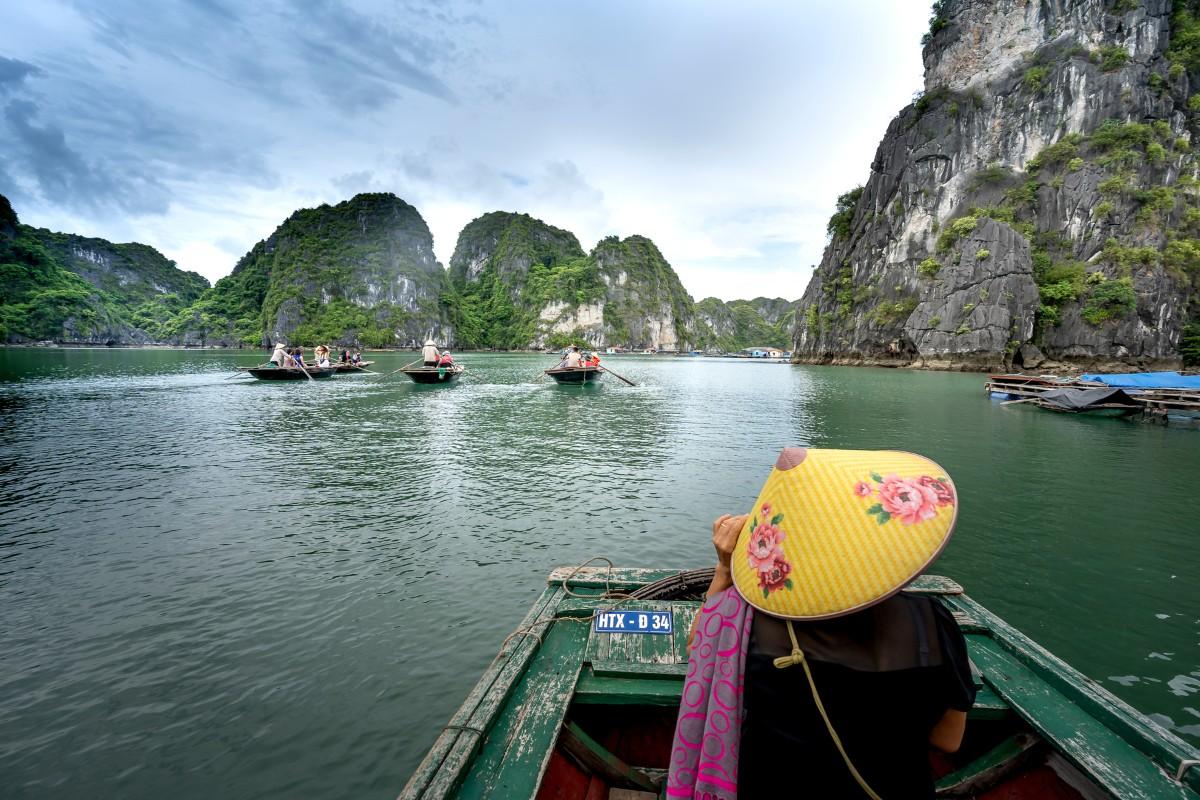
Northern Vietnam (Hanoi, Halong Bay, Sapa)
- October to April: Cooler and drier weather makes this period ideal for exploring cities and trekking in the mountains. Winter temperatures can drop, especially in Sapa, but it’s generally pleasant in Hanoi and Halong Bay.
Central Vietnam (Hue, Hoi An, Da Nang)
- February to April: This is the best time to visit Central Vietnam as it's warm and dry with pleasant temperatures.
Southern Vietnam (Ho Chi Minh City, Mekong Delta, Phu Quoc)
- December to April: You can make the most of your visit and enjoy the dry season with warm temperatures and low humidity which makes it Ideal for exploring the vibrant city life and beaches.
If you wish to cover the whole country, we recommend visiting during Autumn/Winter (Sep-Dec) or during Spring (Mar-Apr).
Festivals: If you’re interested in cultural events, try to visit during festivals like Tet (Lunar New Year, late January or early February) or the Mid-Autumn Festival (September or October), which offer unique insights into Vietnamese culture.
Must-visit places
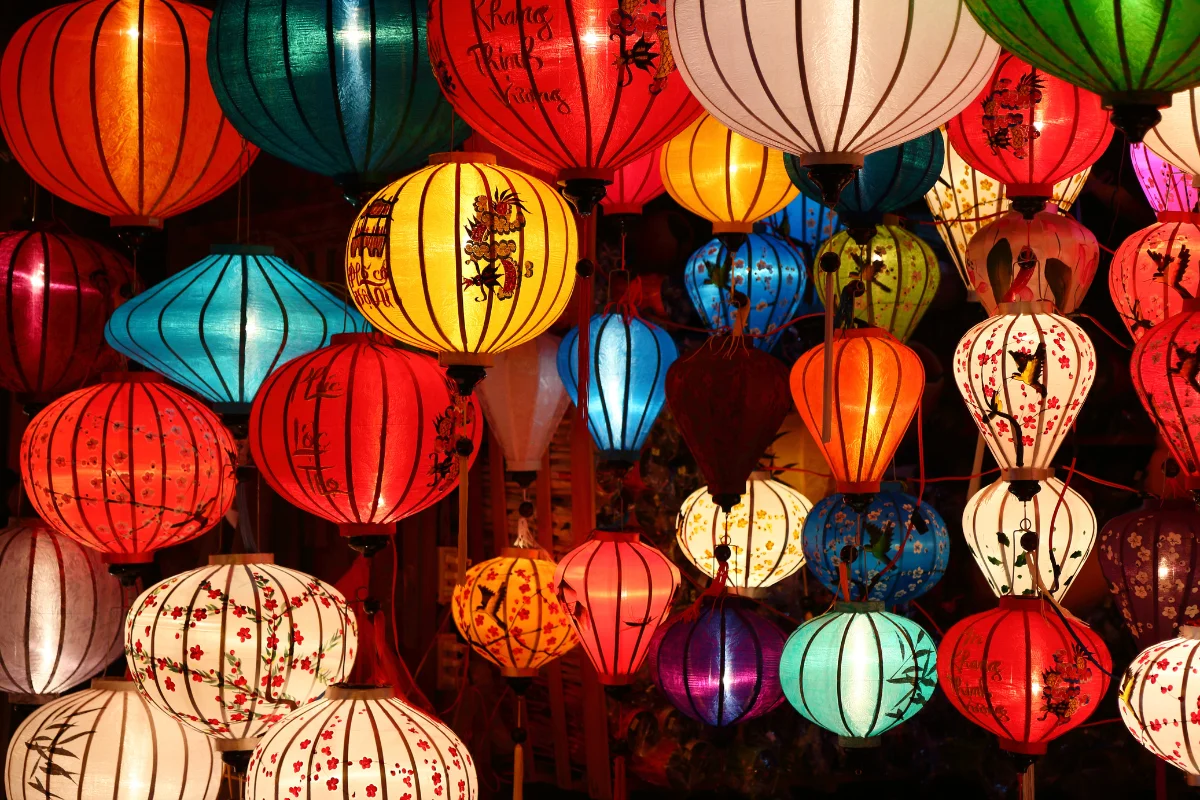
Ha Long Bay: It is known for its stunning limestone karsts and emerald waters, Ha Long Bay is a UNESCO World Heritage Site. A cruise through the bay offers breathtaking views, opportunities for kayaking, and visits to grottoes and islands.
Hoi An Ancient Town: This well-preserved trading port town is a UNESCO World Heritage Site known for its charming streets, traditional architecture, and vibrant lanterns. Hoi An is also famous for its tailor shops and culinary delights.
Hanoi: Vietnam’s capital city is rich in history and culture. Key attractions include the Old Quarter, the Hoan Kiem Lake, the Ho Chi Minh Mausoleum, and the Temple of Literature. Hanoi offers a vibrant street food scene and traditional architecture.
Ho Chi Minh City (Saigon): The bustling metropolis offers a mix of historical landmarks and modern attractions. Must-see sites include the War Remnants Museum, Notre-Dame Cathedral Basilica of Saigon, and Ben Thanh Market.
Sapa: Known for its stunning terraced rice fields, ethnic minority villages, and cool mountain climate, Sapa offers excellent trekking opportunities and breathtaking views of the Hoang Lien Son mountain range.
Getting around the City
Getting around Vietnamese cities can be a fun and immersive experience, with various transportation options to suit different preferences and needs. You can opt to travel by a taxi which can be easily hailed or booked via an app. Other modes of public transport include buses, railways, shared rides and rental scooters and motorbikes.
Must-try Food
Vietnamese cuisine is renowned for its vibrant flavors and fresh ingredients. Here are some must-try dishes.
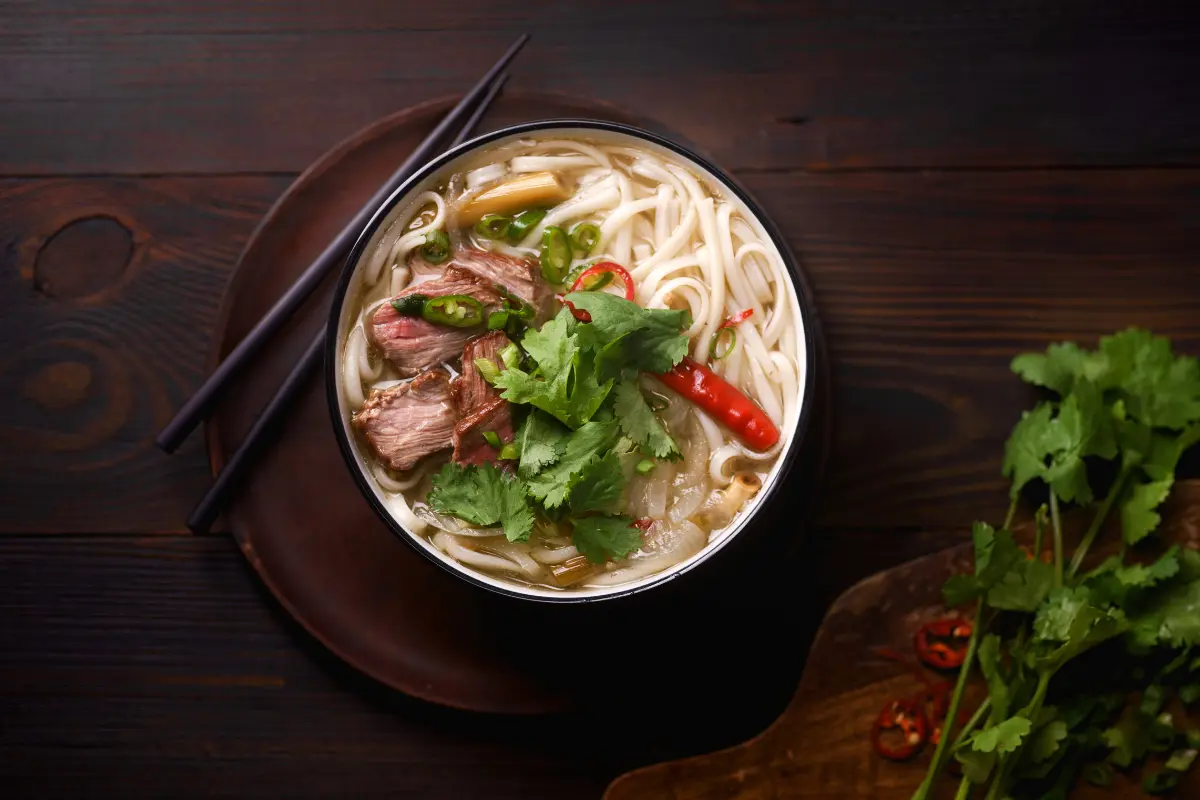
Pho: make sure to try this fragrant noodle soup made with beef or chicken, rice noodles, and herbs, served with lime, bean sprouts, and chili.
Best Places: Hanoi is famous for its beef pho, while Ho Chi Minh City offers delicious variations too.
Goi Cuon (Spring Rolls): Don’t miss out on crispy fresh rice paper rolls which are usually stuffed with shrimp, pork, vermicelli noodles, and fresh herbs, served with a peanut or hoisin dipping sauce.
Best Places: Widely available at restaurants and street food stalls.
Banh Xeo: Enjoy Vietnamese pancakes made with rice flour, turmeric, and coconut milk, filled with shrimp, and bean sprouts, and often served with lettuce and herbs.
Best Places: Street vendors and local restaurants.
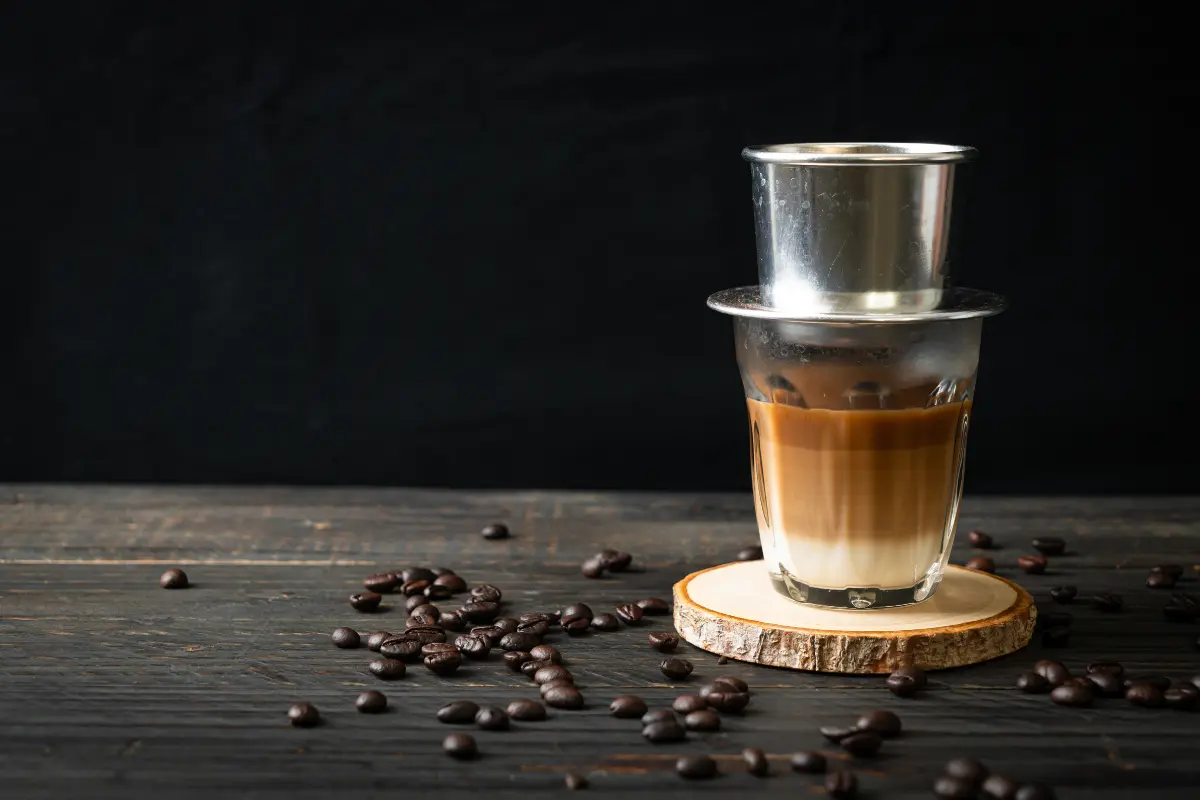
Vietnamese Coffee: Vietnamese coffee is a distinctive and flavorful beverage with a unique preparation method that highlights the country's rich coffee culture.
Best places: Cafe Giang, Hanoi. Famous for its Egg Coffee (Ca Phe Trung).
Che: Get your hands on Che, a sweet dessert soup or pudding made with ingredients like beans, fruit, and coconut milk.
Best Places: Available at dessert shops and street stalls throughout the country.
The amount of money needed for a trip to Vietnam depends on various factors including the duration of your stay, your travel style, and the cities or regions you visit. Here’s a general breakdown to give you an idea of the potential costs for a mid-range travel experience:
Estimated Cost
Accommodation: $25 - $50 per night (3-star hotels, mid-range guesthouses)
Food: $15 - $30 per day (mix of local and Western restaurants)
Transportation: $10 - $20 per day (taxis, ride-sharing, occasional domestic flights)
Sightseeing: $15 - $30 per day (guided tours, cultural sites)
Estimated Daily Cost: $60 - $130
Other tips:
Plug types: In Vietnam, the standard voltage is 220V with a frequency of 50Hz. The country uses several types of electrical plugs including Type A (Two flat parallel pins), Type C (Two round pins) and Type F (Two Round pins).
Currency used: When traveling to Vietnam, managing cash exchange efficiently is important for a smooth experience. The official currency is Vietnamese Dong (VND). Currency Exchange Offices can be found in major cities and tourist areas, these often offer better rates than airports.
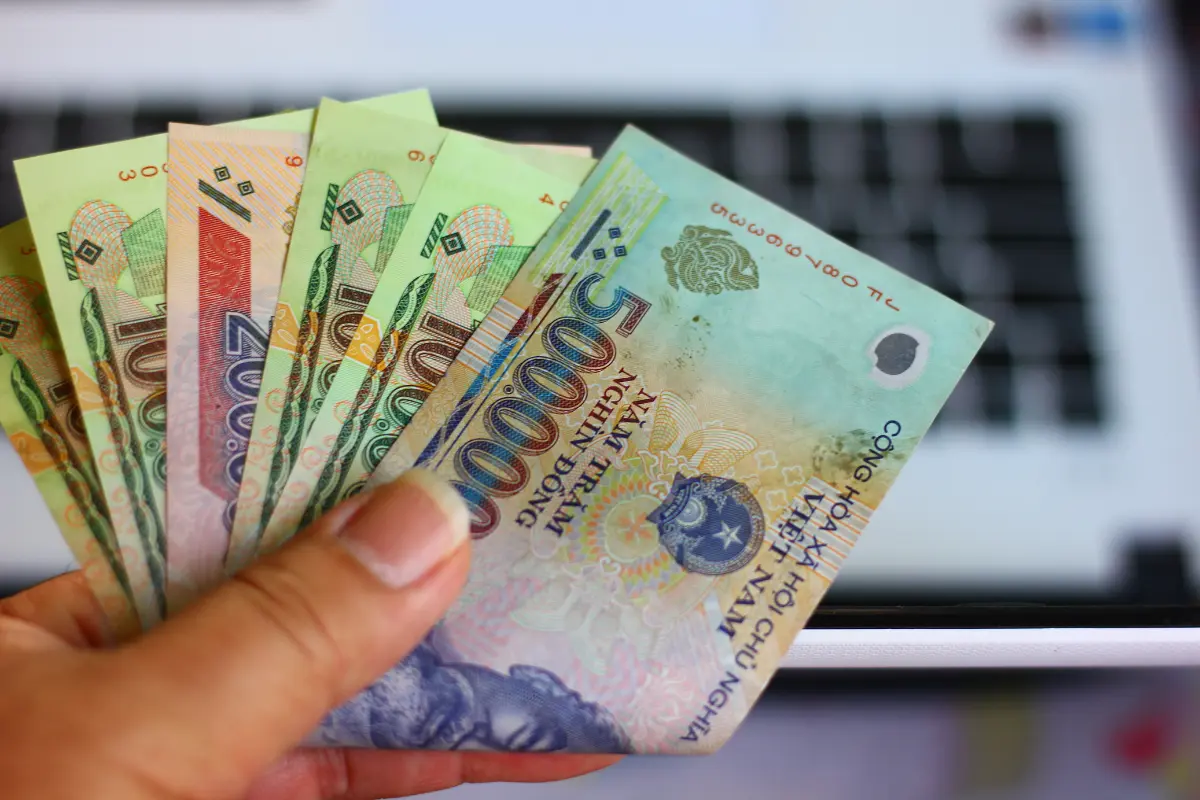
General safety: Tap water in Vietnam is generally not considered safe to drink. It may be contaminated with bacteria or pollutants. Opt for bottled water as it is widely available in supermarkets, convenience stores, and restaurants throughout Vietnam.
General safety: Tap water in Vietnam is generally not considered safe to drink. It may be contaminated with bacteria or pollutants. Opt for bottled water as it is widely available in supermarkets, convenience stores, and restaurants throughout Vietnam.
Here are some simple Vietnamese phrases that can be useful for travelers:
Hello: Xin chào (sin chao)
Goodbye: Tạm biệt (tam biet)
Thank you: Cảm ơn (gam un)
Yes: Có (kaw)
No: Không (khong)
Please: Làm ơn (lam un)
Sorry: Xin lỗi (sin loy)
Dreaming of a beach getaway? Check out our blog article on 10 top reasons to visit Bali.